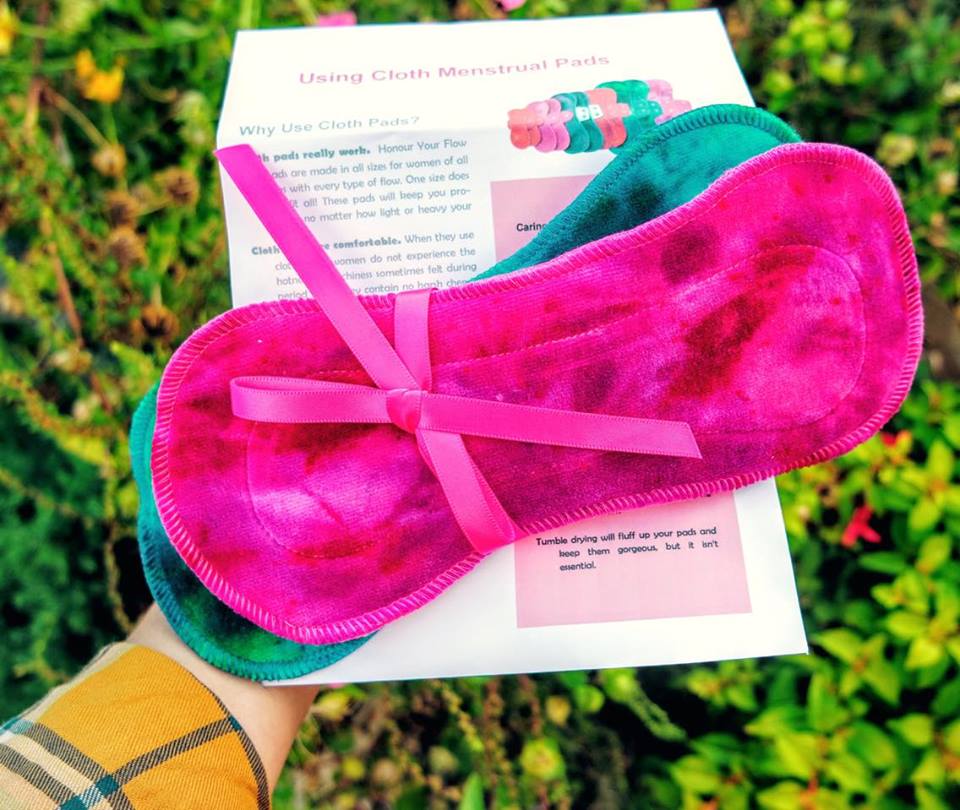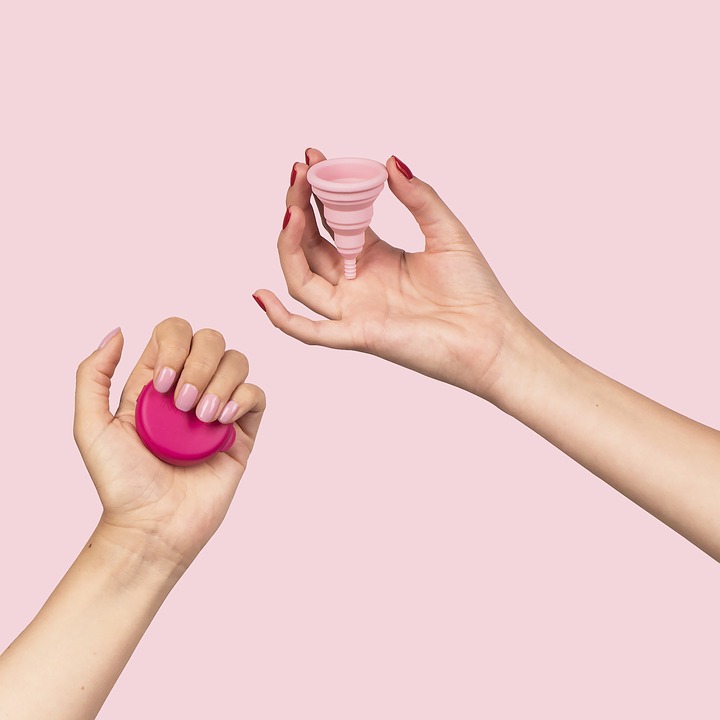How to have a Zero Waste Period
It’s time to get honest, and start chatting about periods…
It’s said that, on average, a woman will use approximately 10,000 tampons and/or pads in their lifetime, amounting to a lot of single-use products used. And we’re lucky, most can afford at least the cheapest of supplies to tide them over, but many can’t, especially in other countries.
That is SO much product, bought for a one time use, to end up in the bin, or worse, in our sewerage and therefore potentially our oceans.
Basically, this can’t last ladies.
So by now, you probably know single use plastic is bad. But what about the cotton too? Cotton requires SO MUCH water, and is an extremely resource-heavy product. And even after that, once picked, it’s treated with chemicals for scent, colour, absorption, and waterproofing. As with all other single-use products, they require resources to produce, package, ship, and dispose of. Once used, they end up in the landfill for an unknown amount of time, or worse, flushed into our oceans.
So many people struggle with the thought of going re-usable instead of single use. But with it becoming more mainstream and common, the interest in having a zero waste period is becoming much more popular.
The following zero waste and plastic free options may mean getting more comfortable with your body and your period, as they are more hands on and require cleaning, rather than a quick chuck in the bin, but gurrrrrl you got this!
Menstrual Cups
If you are more of a tampon girl, the menstrual cup might be the preferred option. Typically made of medical grade silicone, menstrual cups can last up to 10 years when cared for properly. They are worn up inside the body, just like a traditional tampon, but need less frequent changes. Once inserted, they open up and seal by suction and collect for up to 12 hours. Normally a duration like this this isn’t possible with a traditional tampon due to toxic shock syndrome, a risk massively reduced with a Menstrual cup if adhering to hygiene practices.
They aren’t necessarily the most simple when you first get them, but there are TONNES of tutorials available online to show you how to use and in time it will become as natural as using tampons.
You will need access to a sink with clean running water to rinse out after emptying, but a quick wipe with toilet paper works every now and again if a little stuck. However, they last longer than a typical tampon, meaning often it’ll last the whole day when out and about, often allowing you to change when back home.
Cups should be sanitised between cycles as well, but details on this can be found on the instructions that come with your cup.
Cloth Pads and Liners
Cloth pads are a great option if you prefer pads, do not like or cannot use tampons or cups, are new to menstruating, or are postpartum, and even for those with minor incontinence. They work exactly as a standard pad you’d find in the supermarket, but often instead of sticking, they clip the wings together.
They are made from natural fabrics, so many find them less irritating to the skin. There is also an array of funky patterns and colour combinations, making this a really fun swap too, and far less daunting than a plain white pad.
Cloth pads can also be used in combination with the cup for heavy days or extra protection. When the pad is full, simply rinse with cold water and wash with your usual washing load.
There are so many options for cloth pads, from fabric types and patterns, lengths, styles to match underwear and absorbency levels. It will never be a ‘one size fits all’ situation, and something you will have to play with until you find what works best for you. But it’s a great consideration, and our stock will be made from organic cottons and made in a range of sizes (but no trying on in the shop please, hehe!)
Additional tips for wearing cloth pads
Be sure to use cold water for blood stains, because warm or hot water causes the protein to break up, making it harder to remove.
Always air dry your period reusables to give them a longer life!
Consider using a “wet bag” if you are travelling, away from home for long periods of time, or to keep your rinsed reusables in one place before laundry day.
Are you ready to make the switch to reusables for your period? What is really stopping you and is it worth the environmental damage? Pop into the store to view our range of reusables and see if you can be swayed…


